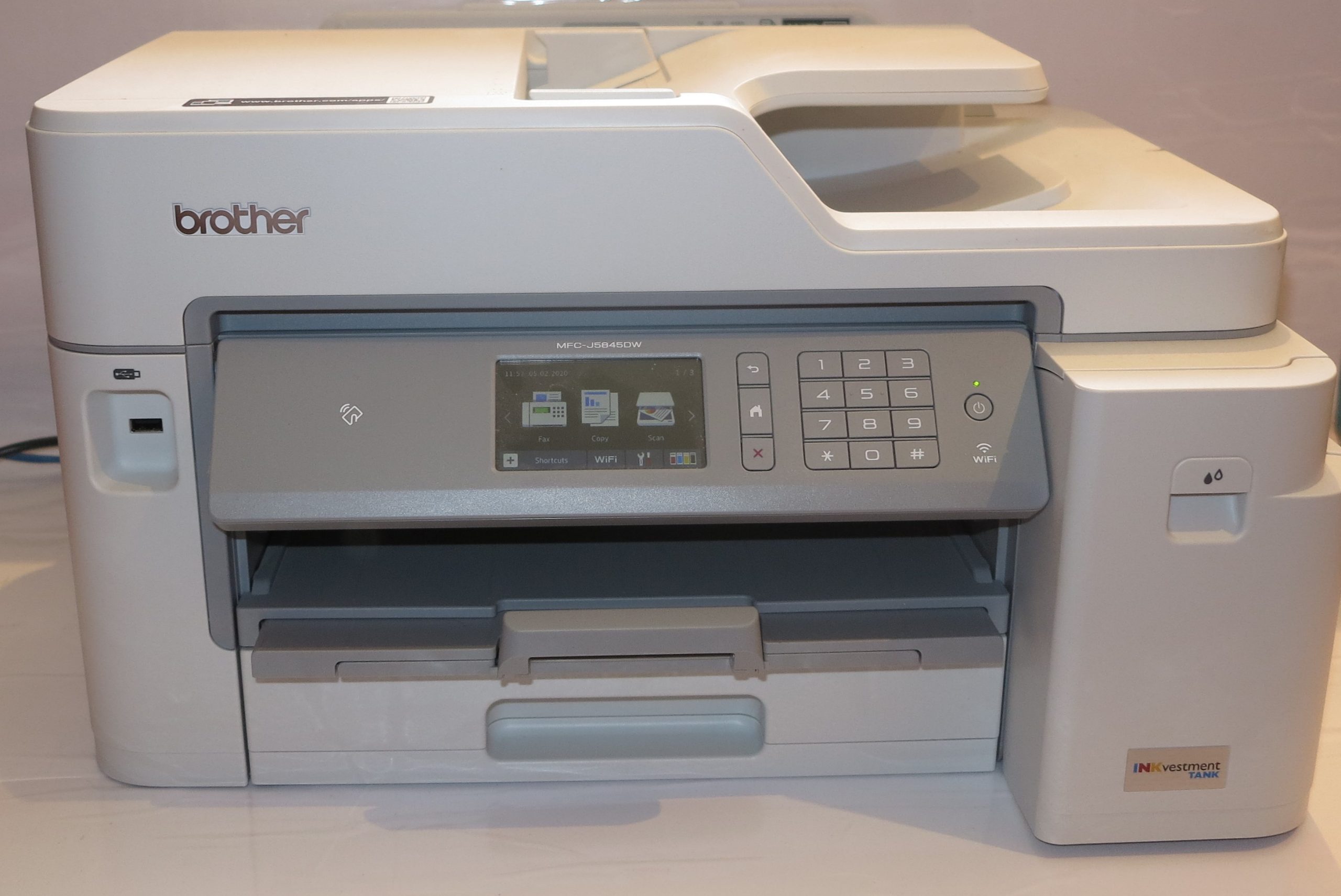Most printer manufacturers are supplying printers and multifunction printer (all-in-one) devices that can connect to computers via a network as well as via a USB port in price ranges that most consumers and small businesses can afford.
This function has initially been provided to higher-end business-grade equipment primarily as a way of integrating them in to the business’s network and allowing them to be used by all the computers in that workplace. Now that home networks are becoming increasingly common primarily due to broadband Internet and Wi-Fi networking, this function is becoming commonly available in all but the cheapest equipment in most manufacturers’ product ranges.
You may think that a direct-connect printer is the only type of printer that you need for your home or small-business computer but it may be worth thinking about the advantages of the network-connected units now that this feature is available at an increasingly-affordable price. Similarly you may think of using a direct-connect printer with a print server such as the functionality integrated in to many recent-model routers. But there may be limitations in how this setup works, especially with the multifunction devices that are increasingly being deployed.
Many computers – few printers
You will typically end up with many computers but fewer printers in your home or small business and may find that there are particular printers that offer capabilities that are unique to them.
A network printer allows each computer to benefit from that printer’s capabilities without any need to shift the unit around or disconnect and reconnect USB cables. You also move away from the temptation to buy and maintain many cheaper printers for each computer and end up saving money in the long run.
This can allow you to invest in printers that are good for particular needs rather than a fleet of machines that effectively do the same job. A good example of this would be a medical clinic’s setup where there is a networked monochrome laser printer that turns out health-insurance forms, patient receipts and similar documents very quickly for a group of reception-desk computers and a networked colour inkjet multifunction printer that does general-purpose printing where speed isn’t necessary.
Network-capable multifunction printers expose all of their functions to the networks rather than just the printing function. This can allow for increased flexibility when it comes to scanning or “drawing-down” images from memory cards because these functions end up being shared by all the computer users. If the machine has fax functionality, there is the ability to “print-to-fax” via the network whenever you want to send a fax from one of the computers.
The “new home-computing environment”
We are also starting to see the arrival of the “new home-computing environment” where the computers in the household are laptops that are connected via Wi-Fi wireless to a wireless router. This has allowed users to use the computers anywhere in the house rather than just in the study or home office.
A network-enabled printer can allow you to avoid the need to locate the printer and connect laptop computers to it whenever you wish to print anything. Rather, you can start a print job from the laptop that you are using at the location you are using it at. You also benefit from the increased flexibility of locating the printer wherever you wish, especially if you use Wi-Fi wireless or HomePlug powerline networking to connect the printer to the network.
Conclusion
So if you are wanting to choose a printer that provides for flexibility in your network environment, it would be worth it to consider units that are network enabled.

